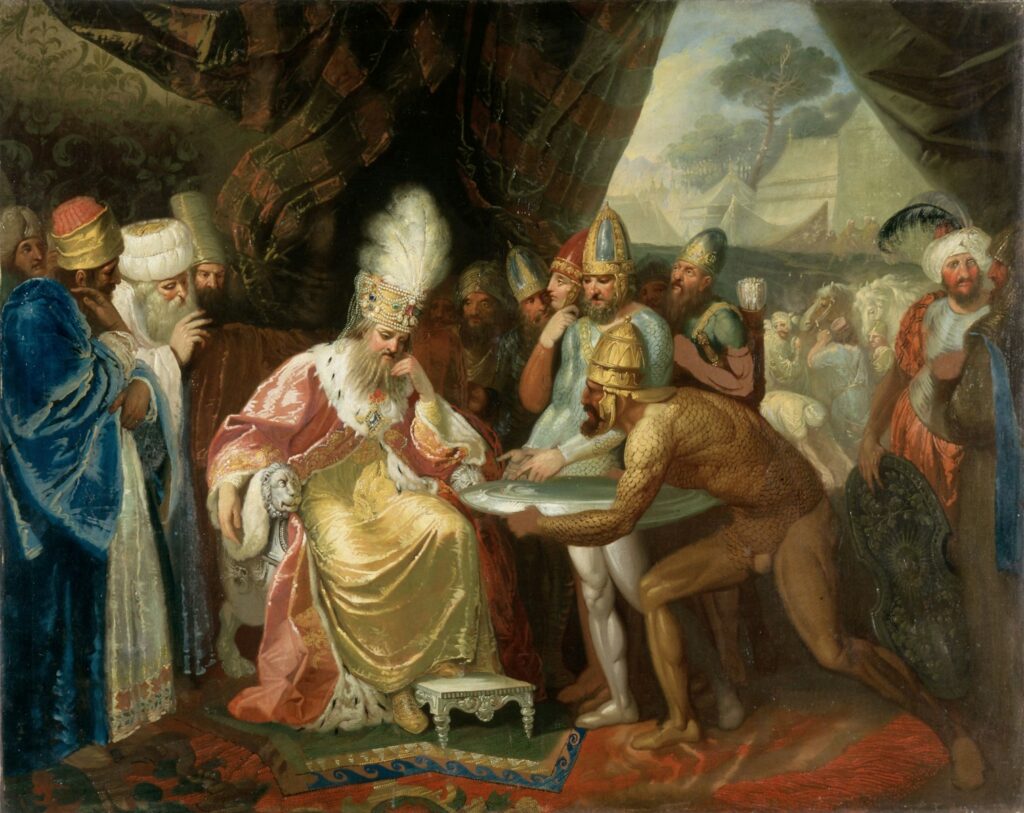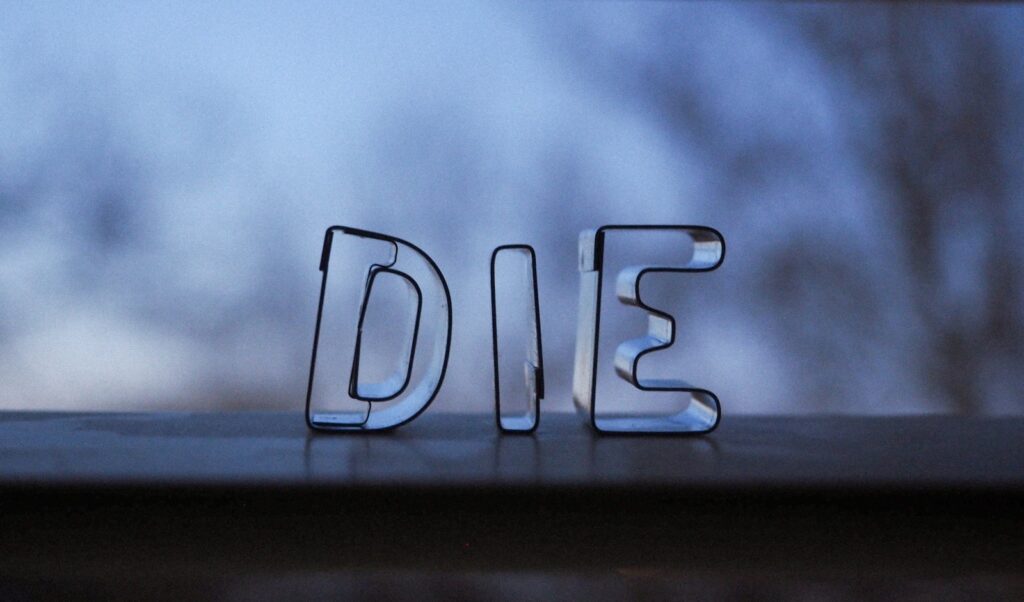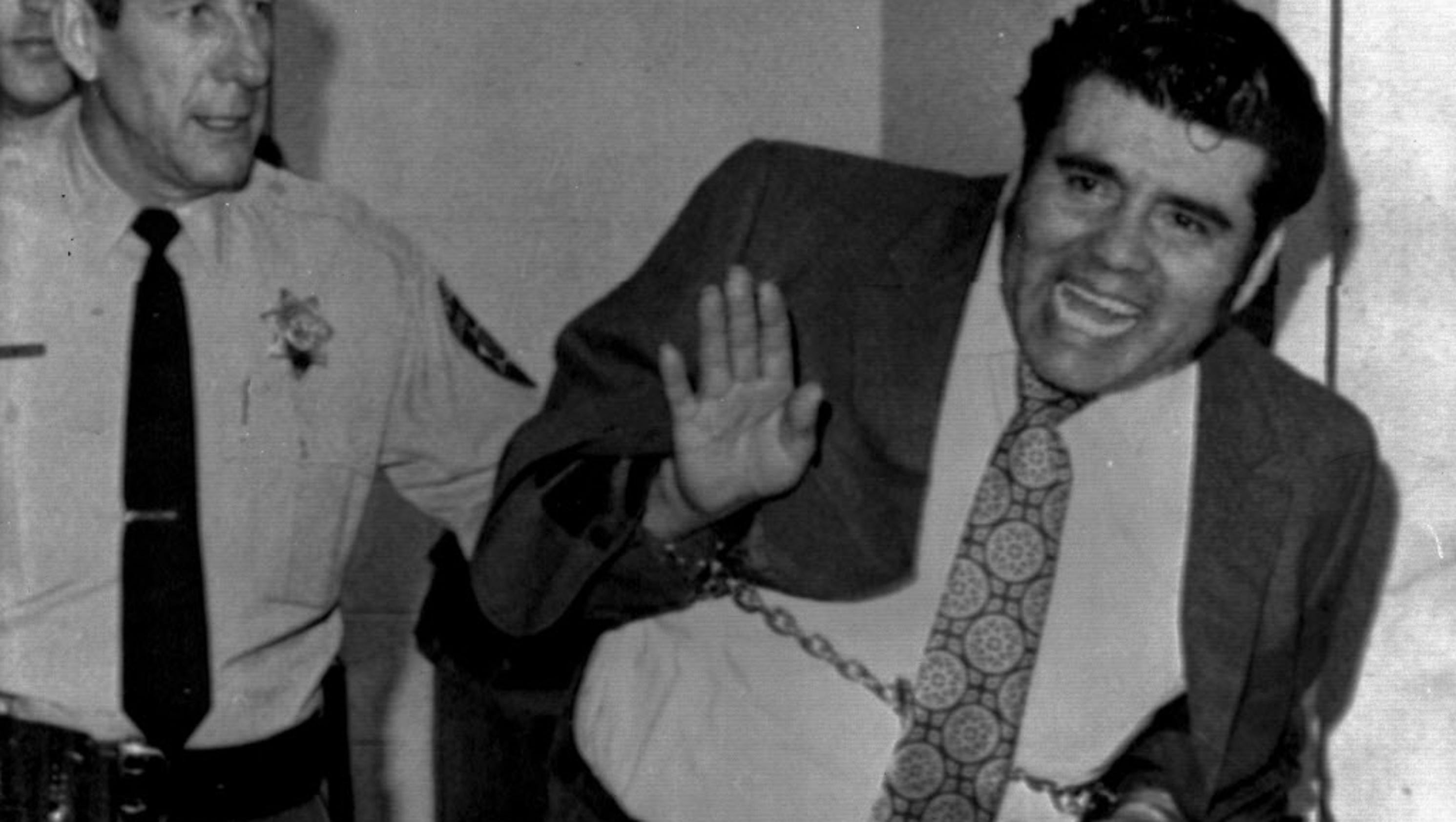
The English language is a sprawling, powerful machine, and within its intricate gears and polished chrome, some words stand out, not just for their utility, but for their sheer versatility and deep-seated cultural resonance. Among these, the unassuming three-letter word “top” reigns supreme, a linguistic powerhouse that navigates a dizzying array of meanings, from literal pinnacles to abstract achievements, from tangible objects to complex social dynamics. It’s a word that truly earns its stripes, constantly evolving and adapting, much like a finely tuned engine responding to every demand.
Prepare to embark on an exhilarating linguistic adventure, a high-octane exploration into the myriad facets of “top.” We’ll peel back the layers of its history, examine its profound impact across diverse fields, and celebrate its enduring presence in our daily lexicon. This isn’t just a dry academic exercise; it’s a journey into the heart of language itself, revealing how a single word can encapsulate so much, reflecting human ambition, playfulness, and precision.
So, buckle up, language enthusiasts! We’re about to put the pedal to the metal on a fascinating ride through the origins, applications, and cultural footprint of “top.” From its ancient whispers to its modern-day dominance, each stop on our tour promises to reveal a new dimension of this incredible word, solidifying its status as a true legend of the English vocabulary.

1. **The Etymological Origins: A Proto-Germanic Powerhouse**Our journey begins deep in the past, tracing the robust lineage of “top” back through the mists of time. This linguistic powerhouse didn’t just appear; it forged its identity from ancient roots, starting its epic voyage from Proto-Germanic *tuppaz*, meaning “braid, pigtail, end.” Imagine the linguistic gears turning, shaping this fundamental concept of an extremity or highest point.
As the linguistic currents flowed, *tuppaz* evolved into Proto-West Germanic *topp*, continuing its trajectory. This ancestral connection hints at the word’s inherent dynamism, a foundational concept that was ready to adapt and expand its semantic range over centuries. It’s like discovering the blueprint of a timeless design, elegant in its simplicity yet capable of immense complexity.
The journey continues into Old English as “topp,” denoting “top, highest part; summit; crest; tassel, tuft; (spinning) top, ball; a tuft or ball at the highest point of anything.” From there, it gracefully transitions into Middle English “top, toppe.” Its widespread influence is evident in cognates across European languages, from Saterland Frisian *Top* and Dutch *top* to German *Topp* (meaning “top of a mast”) and Icelandic *toppur*, showcasing a shared linguistic heritage that unites diverse tongues under the banner of this single, potent word.

2. **Reaching for the Apex: “Top” as the Utmost Peak**When we speak of “top,” often our minds immediately conjure images of elevation and supremacy, capturing the essence of the “highest or uppermost part of something.” Think of the triumphant flag fluttering at the summit of a mountain, or a kite playfully caught “at the top of the tree.” This definition grounds “top” firmly in the physical world, denoting ultimate altitude and prominent positioning.
Yet, “top” possesses an intriguing independence from present orientation. The context states, “The part of something that is usually highest or uppermost.” Consider a machine flipped “onto its top” – the orientation changes, but that specific part retains its ‘top’ identity. This highlights a deeper conceptual understanding, where “top” signifies a designated, intrinsic uppermost surface, regardless of temporary inversions.
Beyond grand peaks and physical objects, “top” seamlessly integrates into the fabric of our everyday visual and spatial awareness. It defines the “uppermost part of a page, picture, viewing screen, etc.,” as seen when “Further weather information can be found at the top of your television screen.” It also marks proximity, designating “The near end of somewhere,” whether it’s “The patio is at the top of my garden” or “The shop is at the top of my street.” “Top” is, quite simply, everywhere.

3. **From Head to Toe: “Top” in Daily Life and Fashion**The versatility of “top” truly shines when we consider its tangible manifestations in our daily lives, particularly as a cover or an article of clothing. It’s the essential “lid, cap, or cover of a container,” a functional component we interact with countless times a day. We’re reminded to “Put a top on the toothpaste tube or it will go bad,” a simple act that prevents spoilage and maintains freshness, underscoring its practical importance.
In the realm of personal attire, “top” takes on a distinct identity as “A garment worn to cover the torso.” This definition speaks to fashion and self-expression, covering a vast array of styles and purposes. From the casual ease of a “pyjama top” to a carefully selected piece chosen because “I bought this top as it matches my jeans,” it represents a fundamental element of our wardrobes.
The extended family of “top” in fashion is remarkably diverse, showcasing its adaptability across various sartorial statements. We encounter terms like “bikini top,” “crop top,” “halter top,” “tank top,” and “tube top,” each describing a distinct style of upper body garment. This demonstrates how “top” is not just a singular item but a foundational concept upon which countless fashion interpretations are built, embodying comfort, trend, and individual flair.
Read more about: The Best Shoes to Wear with Jeans and Dresses: Expert Styling Tips
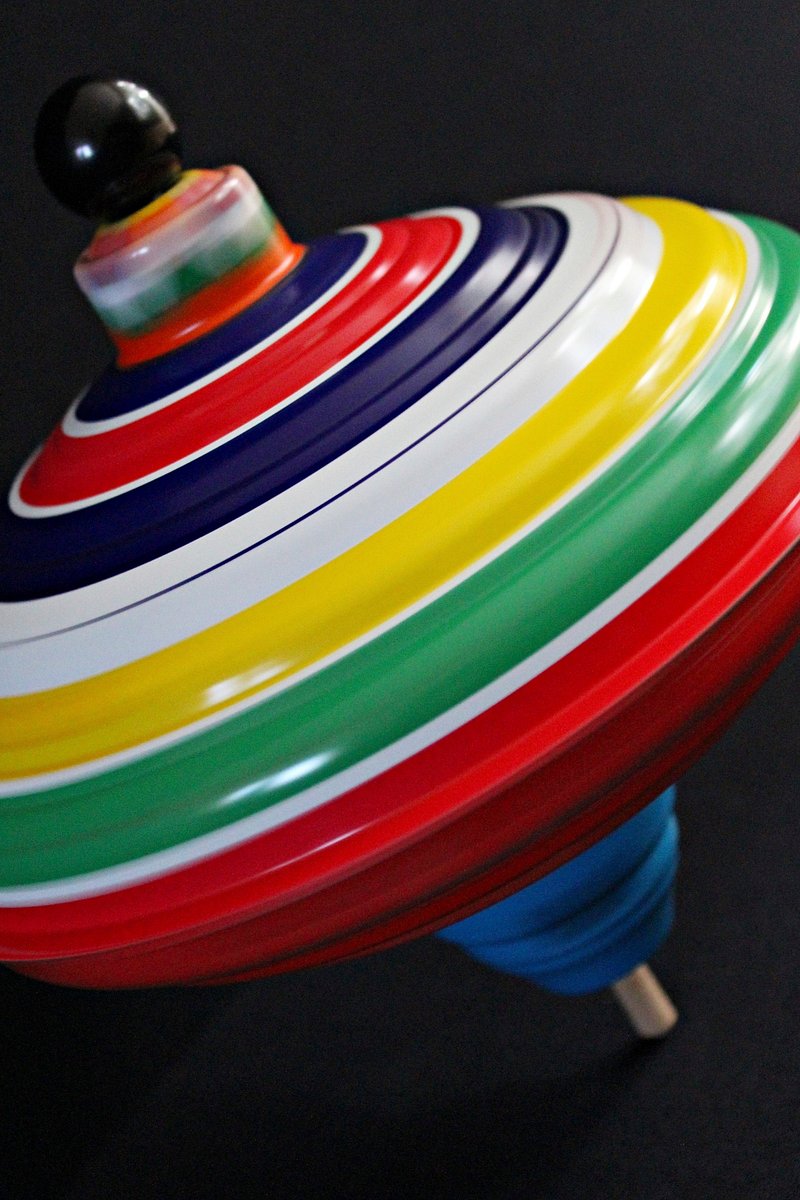
4. **The Enduring Charm: “Top” as a Child’s Spinning Toy**Among its many identities, “top” conjures a nostalgic image of timeless play: “A child’s spinning toy; a spinning top.” This simple yet captivating object has enchanted generations, providing endless fascination as “The boy was amazed at how long the top would spin.” It’s a testament to the universal appeal of motion and balance, a miniature marvel of engineering and physics.
Interestingly, the etymological link for the spinning toy sense is “separated from this, obscurely related to Dutch top and dop in this sense, against Standard Dutch tol, and French toupie having this sense.” This adds a layer of delightful mystery, suggesting a distinct lineage for this playful definition, a unique branch on the family tree of the word “top.” It’s like a special edition model, revered for its specific charm.
This “top” is more than just a toy; it’s a symbol of pure, unadulterated joy and discovery. Its enduring presence in childhood memories and toy chests speaks volumes about its power to entertain and educate. It teaches us about inertia, gravity, and the sheer fun of simple mechanics, spinning tales of wonder with every twirl.

5. **Navigating the Seas: “Top” as a Mariner’s Benchmark**For centuries, the word “top” has guided mariners across vast oceans, playing a critical role in the intricate architecture of sailing vessels. In nautical terminology, a “top” refers to “A framework at the top of a ship’s mast to which rigging is attached.” This structure is far more than a mere high point; it is a vital junction, a nexus of ropes, sails, and strategic importance.
Imagine the sheer scale and complexity of a tall ship, its masts piercing the sky. The “top” serves as a crucial platform for sailors, enabling them to work aloft, adjust sails, and maintain the ship’s rigging. It is a point of command and control, essential for harnessing the wind’s power and ensuring the vessel’s journey across challenging waters. Without these robust “tops,” the magnificent dance of sailing would be impossible.
The significance of the nautical “top” underscores the precision and specialized vocabulary inherent in maritime life. It’s a term steeped in history, conjuring images of daring voyages and the relentless pursuit of discovery. It reminds us that “top” is not just about reaching heights, but about the functional infrastructure required to achieve and sustain them, a true workhorse in the world of seafaring.

6. **Precision and Prowess: “Top” in the Arena of Sports**In the electrifying world of sports, “top” signals crucial moments and strategic maneuvers, demonstrating its dynamic application beyond everyday parlance. In baseball, “top” marks a distinct segment of play: “first half of an inning, during which the home team fields and the visiting team bats.” It’s the opening act, setting the stage for the unfolding drama of the game, a critical phase that can dictate momentum.
Moving to the refined greens of golf, the felt of billiards tables, and the courts of racquet sports, “top” refers to a specific and powerful technique. It describes a “stroke on the top of the ball,” imparting a crucial “forward spin given to the ball by hitting it on or near the top; topspin.” This isn’t merely hitting the ball; it’s about control, trajectory, and gaining a competitive edge, a mastery of physics applied with finesse.
As the context vividly illustrates, what is sought after is “just the reverse – i.e top or overspin, which causes the ball to revolve in the direction in which it is going.” This detailed technical explanation highlights the precision and strategic thinking embedded in the sporting use of “top.” Whether it’s starting an inning or executing a perfect topspin forehand, “top” signifies skill, control, and the pursuit of athletic excellence.
Read more about: Performance Prowess: An In-Depth Look at the Subaru WRX Lineup and Its Sport Sedan Rivals

7. **The Summit of Success: “Top” as a Mark of Excellence**Perhaps one of the most resonant and aspirational meanings of “top” is its unwavering association with achievement, supremacy, and honor. It encapsulates “The highest rank; the most honourable position; the utmost attainable place,” becoming a beacon for ambition and success in countless endeavors. To be at the “top” is to be recognized, revered, and unrivalled.
This drive for the “top” is a universal human experience, reflected in our language. We strive “to be at the top of one’s class, or at the top of the school,” signifying academic distinction and leadership. Shakespeare himself recognized this ultimate position, speaking of one who “wears upon his baby brow the round / And top of sovereignty,” capturing the very essence of ultimate power and regal authority. The pursuit of this pinnacle defines many a journey.
In contemporary culture, “top” continues to signify leadership and unrivaled performance. We celebrate when artists like “Celine Dion topped the UK music charts twice in the 1990s,” or when sports teams achieve supremacy: “Liverpool topped the table on Christmas Day.” This enduring meaning cements “top” as the definitive marker of success, a word that perfectly captures the thrilling sensation of reaching the very pinnacle of any field.
8. **”Top” in Human Dynamics: Power and Relationships**Beyond its physical and aspirational pinnacles, the word “top” plunges into the intricate depths of human interaction, taking on nuanced and intensely personal meanings within specific relational dynamics. It’s a fascinating linguistic journey that reveals how a single word can encapsulate roles, preferences, and power structures in contemporary social discourse. This evolution underscores the adaptability of English, always ready to articulate the complexities of human connection.
Within the BDSM community, “top” clearly designates the “dominant partner in a sadomasochistic relationship or roleplay.” This isn’t just a descriptive label; it signifies an active, leading role, where the individual takes charge of the dynamic, steering the experience with authority and intent. The term extends to the verb form as well, where one might say they “ended up topping,” highlighting an active participation in the dominant role, or even “topping from the bottom” for providing direction while being the submissive partner.
Further broadening its scope, “top” has seamlessly integrated into LGBTQ+ slang to describe a specific ual preference or role. Here, it refers to the partner who “penetrates or has a preference for penetrating during intercourse.” This usage, alongside its coordinate term “bottom,” provides a concise and direct way to communicate intimate roles, illustrating how language adapts to describe the evolving facets of identity and relationship. It’s a reflection of how words can become shorthand for complex social and personal realities.
These uses of “top” are more than just labels; they represent profound shifts in how language openly acknowledges and describes diverse forms of human relationships and ual expression. They speak to a cultural movement towards greater transparency and specificity, allowing for clearer communication within specific communities, and marking “top” as a word deeply intertwined with contemporary human dynamics.
Read more about: Rick and Morty: An Unhinged Odyssey Through Animation, Philosophy, and Pop Culture Dominance

9. **”Top” in the World of Finance: Market Peaks**From the personal realm, we shift gears dramatically to the high-octane world of financial markets, where “top” takes on a critical, often exhilarating, role in signaling economic thresholds and investment milestones. Here, the word becomes a precise instrument for measuring peaks, whether they represent a triumph of growth or a precursor to a downturn. It’s a snapshot of a moment where value hits its absolute maximum.
The context provides a vivid illustration of this: “Beginning with the middle of September prices moved sharply upward until a top of $18.25 was reached during the week of Sept. 25.” This isn’t just a number; it’s a marker of maximum achievement in a specific period, a clear indicator that a particular asset or market index has climbed as high as it’s going to go, at least for that cycle. It’s the ultimate high-water mark for valuation.
In the volatile landscape of trading and investment, hitting a “top” is a moment of intense scrutiny. It’s where analysts and traders gauge resistance levels and anticipate reversals, making the term synonymous with critical decision points. The financial “top” encapsulates not just a price point, but a moment of intense market psychology, where bullish enthusiasm meets the ceiling of valuation, hinting at potential shifts in momentum.
Thus, “top” in finance becomes a powerful, concise descriptor for the zenith of market performance or asset value. It speaks volumes about the dynamic forces at play, where numbers on a screen translate into significant economic events, underscoring the word’s essential role in articulating the often-dramatic narrative of global commerce.
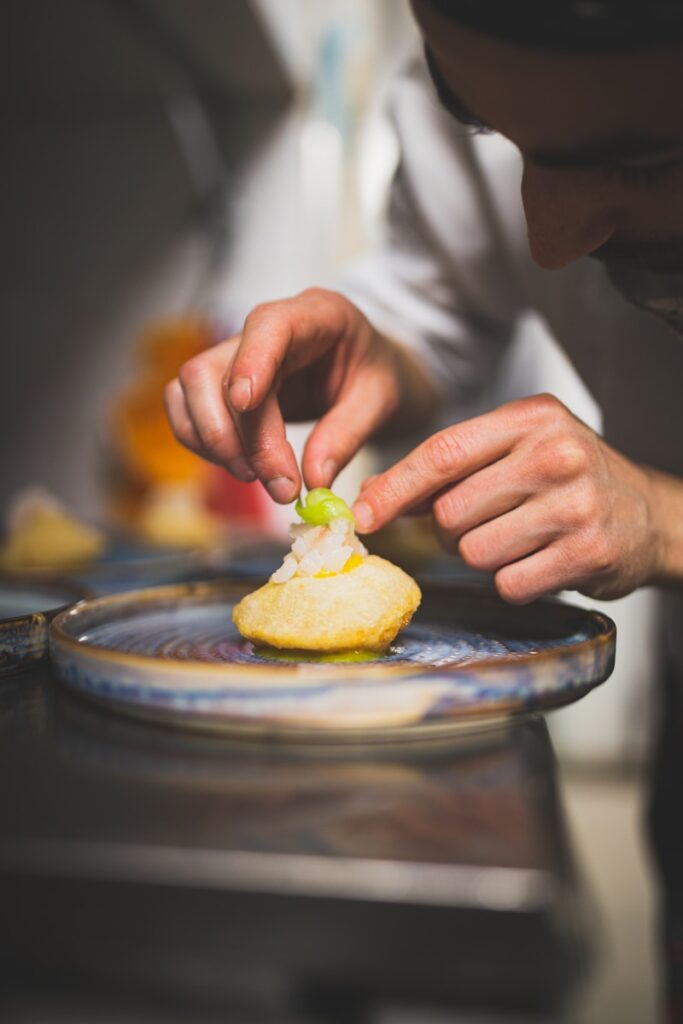
10. **”Top” in the Kitchen and Garden: Culinary Contexts**Our linguistic adventure takes a delicious turn as we explore how “top” finds its way into our kitchens and gardens, connecting us to the everyday joy of food preparation and the bounty of nature. It’s a reminder that even the most abstract words have tangible applications, especially when it comes to what we eat and how we prepare it. This section uncovers the flavorful side of “top” across culinary traditions.
As a verb, “top” is a simple yet essential action in cooking and presentation. We “cover on the top or with a top,” enhancing both taste and appearance. Think of the indulgence when one says, “I like my ice cream topped with chocolate sauce.” This act of adding a finishing layer is about creating that perfect, irresistible final flourish, demonstrating “top’s” active role in the art of culinary craftsmanship.
Beyond sweet treats, “top” also refers to the edible parts of plants, bringing us closer to the earth. The context mentions “shoot (eaten as a vegetable)” and specifically highlights examples like “camote tops” (from the derived terms, also “kamote tops”), “carrot top,” and “turnip tops.” These are the fresh, verdant growths harvested for their nutritional value, showcasing “top” as a descriptor for nature’s wholesome offerings, often overlooked but equally delicious.
From garnishing a dessert to harvesting fresh greens, these culinary applications of “top” highlight its practicality and universality. It connects the meticulous detail of a chef’s final touch with the rustic simplicity of a gardener’s harvest, demonstrating the word’s seamless integration into the world of food, making it truly a foundational ingredient in our linguistic pantry.
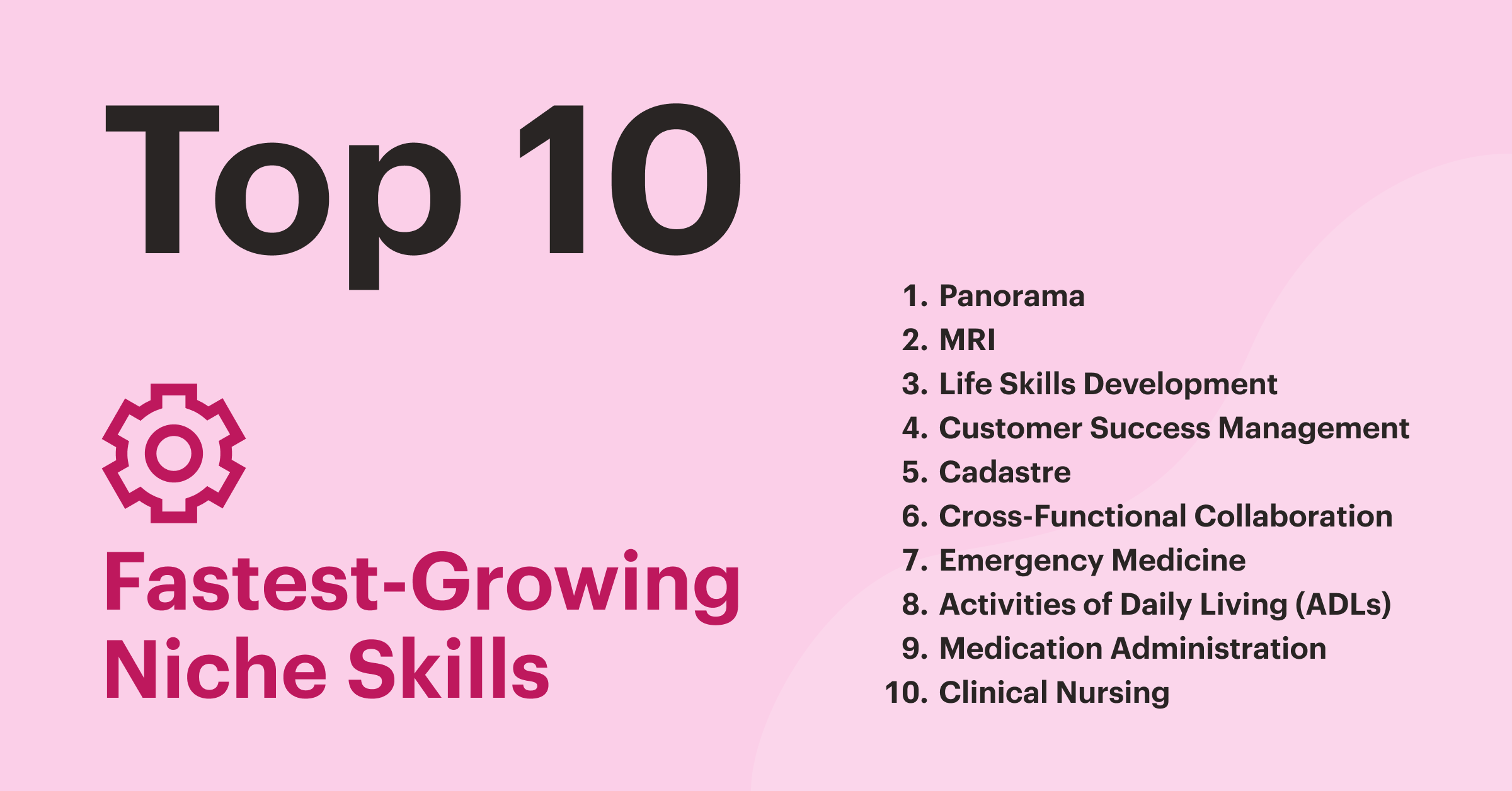
11. **”Top” as a Dynamic Verb: Shaping Action and Change**”Top” isn’t content to merely denote a position; it actively commands, directs, and defines actions across a breathtaking array of scenarios. As a verb, it embodies dynamism, signifying everything from delicate covering to outright surpassing, showcasing its incredible linguistic muscle. It’s the engine driving transformation, illustrating how a word can initiate and conclude a wide spectrum of actions.
In its most literal sense, “to top” means “To cover on the top or with a top,” as seen when we “top and tail the carrots” or when ice cream is “topped with chocolate sauce.” This is about purposeful addition or preparation. It also denotes exceeding in physical stature: “the sixth, huge as a neat, topped them by half a head,” painting a clear picture of relative height and dominance in a visual way, making the action immediately understandable.
The competitive spirit of “top” shines brightly when it signifies outperformance. To “excel, to surpass, to beat, to exceed” is a powerful declaration, as exemplified by the cinematic achievement where “Titanic was the most successful film ever until it was topped by another Cameron film, Avatar.” This highlights the constant push for supremacy and the relentless breaking of records. Furthermore, in the world of rankings and charts, “to be in the lead, to be at number one position (of)” captures the thrill of success, with “Celine Dion topped the UK music charts twice in the 1990s.”
Interestingly, “top” can also signify a more drastic, transformative action: “To cut or remove the top (as of a tree).” This brings to mind the maintenance of plants or the preparation of vegetables. The spectrum of its verb usage, from gentle covering to decisive removal and competitive triumph, undeniably cements “top’s” status as a remarkably versatile and action-packed word in the English language.
Read more about: The Definitive Guide to ‘Best’: What the Word Behind Every ‘Greatest Of All Time’ List (Even Western TV Actors!) Really Means
12. **”Top” as a Mark of Quality: The Adjective of Excellence**When “top” functions as an adjective, it ceases to be just a location or an action; it transforms into an instant declaration of quality, distinction, and paramount status. It’s the ultimate linguistic shortcut to conveying excellence, a badge of honor affixed to anything from an educational institution to a professional’s reputation. It signals that something is not merely good, but definitively the best.
Its foundational meaning as “Situated on the top of something” provides the literal groundwork for its metaphorical ascent. Just as the highest point of a mountain is its “top,” the superlative quality of an item or individual becomes its “top” attribute. This transition from physical location to abstract quality is seamless, powerful, and universally understood.
The informal yet impactful use of “top” as “Best; of the highest quality, fame or rank” is evident in countless everyday scenarios. We hear of a student who “is in the top dance school” or a professional who “is a top lawyer,” instantly conveying their elite standing. The phrase “That is a top car” speaks volumes about its superior engineering and luxury, while even “top security clearance” implies critical access and immense trustworthiness, emphasizing its role in high-stakes environments.
As an adjective, “top” acts as a powerful amplifier, communicating instant recognition and a benchmark of superior performance. It imbues nouns with a sense of prestige and desirability, solidifying its role as a succinct yet potent descriptor. This qualitative essence of “top” underscores its enduring appeal and utility in expressing the very best of anything.
Read more about: More Than Just Tall: Unpacking the High-Performance, High-Maintenance Complexity of the Word ‘High’

13. **”Top” Beyond Borders: A Global Linguistic Journey**Our linguistic expedition now ventures beyond English borders, revealing the extraordinary dexterity of “top” through its global translations. This section is a vibrant testament to shared human experiences and concepts, demonstrating how the fundamental idea of a ‘top’ resonates across a diverse tapestry of languages, each expressing it with unique beauty and precision.
Consider the fundamental concept of the “uppermost part.” While English uses “top,” other languages offer a rich mosaic: Arabic gives us “qimma,” Chinese offers “dǐng,” French provides “sommet,” German has “Gipfel,” and Spanish uses “cima.” This delightful variety highlights that while the specific phonetics differ, the core understanding of an apex, a peak, or the highest point remains a universal human perception, reflecting a shared spatial awareness.
Beyond simple elevation, “top” also finds its equivalents in more functional and tangible contexts worldwide. For a “lid, cap, or cover,” we see Dutch “deksel,” Italian “coperchio,” and Russian “krýška,” illustrating a common need to seal and protect. Similarly, for “a garment worn to cover the torso,” German uses “Oberteil,” Japanese employs “toppusu,” and Portuguese simply adopts “top,” demonstrating the pervasive influence of fashion and everyday wear across continents.
The extensive list of translations provided in the context, spanning dozens of languages for various noun and verb senses, truly underscores the profound linguistic dexterity of “top.” It’s a word that transcends mere English usage, acting as a linguistic ambassador, uniting diverse cultures through shared concepts and proving its indispensable status in the global lexicon. It’s truly a word that speaks many languages.
Read more about: German Linguistic Powerhouses: A Deep Dive into 10 Core Aspects of Its Global Presence
14. **”Top” in the Urban Dictionary: Slang and Contemporary Usage**Our exhilarating journey through the multifaceted world of “top” concludes with a dive into its most informal, often provocative, and always culturally revealing, slang expressions. This is where language is at its most raw and dynamic, constantly reinventing itself to capture the nuances of modern life, sometimes humorously, sometimes dramatically, but always with undeniable impact. It truly showcases language in flux.
Among its most direct contemporary slang usages, “top” has evolved to mean “Fellatio blowjob” in African-American Vernacular, MLE, and MTE. This explicit definition, alongside the numerous examples found in modern music lyrics within the context, highlights the word’s adoption into very specific and candid conversational frameworks, reflecting a cultural landscape that is increasingly open about ual topics. It’s a testament to language’s power to adapt to popular culture and express intimate concepts with brevity.
Shifting to more dramatic, yet equally impactful slang, we uncover the British reflexive slang “to top oneself,” meaning “commit suicide.” This grim, yet widely understood, phrase reveals a darker side to the word’s evolution, underscoring its capacity to encapsulate profound and tragic human actions. Similarly, the archaic British slang use of “topped” meaning “murder or execute” harks back to an earlier era, demonstrating its long-standing association with finality and death.
These slang expressions, from the contemporary to the archaic, collectively illustrate the word’s remarkable capacity to absorb and reflect cultural shifts, pushing the boundaries of its meaning in surprising and sometimes stark ways. “Top” proves itself to be an agile linguistic chameleon, adapting to every social stratum and linguistic trend, forever staying at the forefront of expressive English.
Our journey through the linguistic landscape of “top” has been nothing short of a high-octane expedition, revealing a word of unparalleled versatility and profound cultural resonance. From its ancient Germanic roots to its modern slang iterations, from the towering peaks of mountains to the intricate dynamics of human relationships, “top” has proven itself to be far more than just three letters. It’s a linguistic marvel, a testament to the boundless creativity of language, constantly adapting, continually defining, and always, truly, at the very pinnacle of expression. So, the next time you encounter “top,” take a moment to appreciate the sheer horsepower packed into this unassuming word – it’s a ride worth taking.

